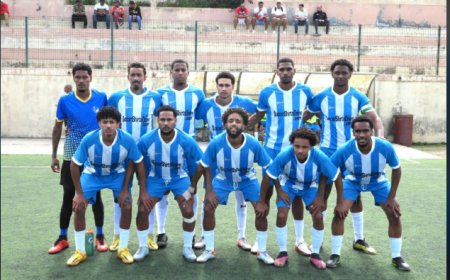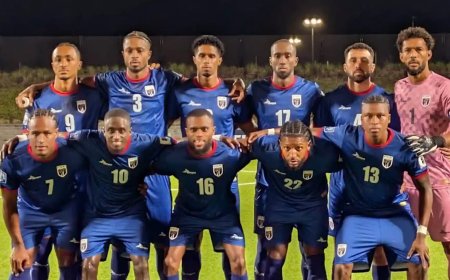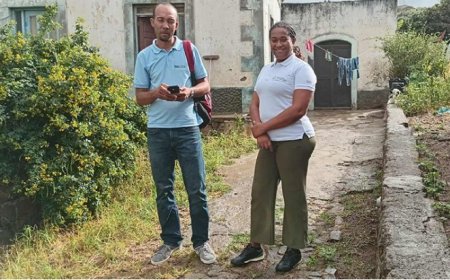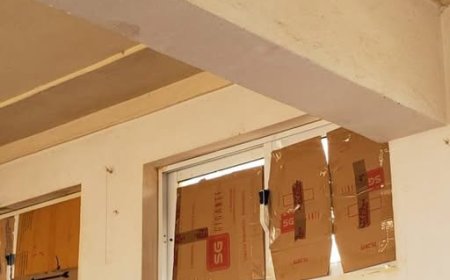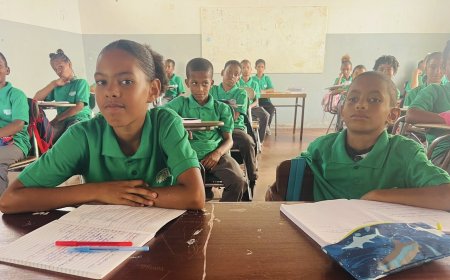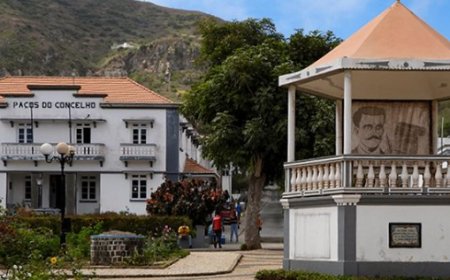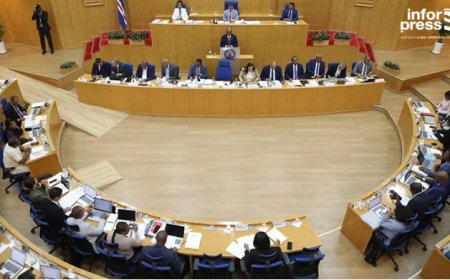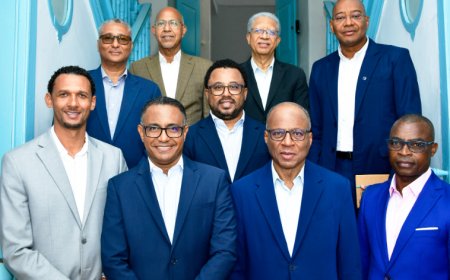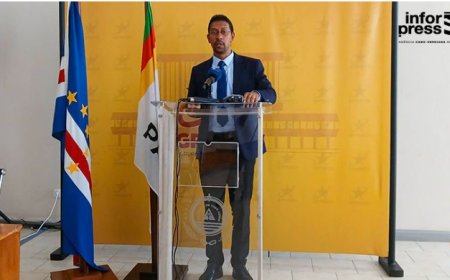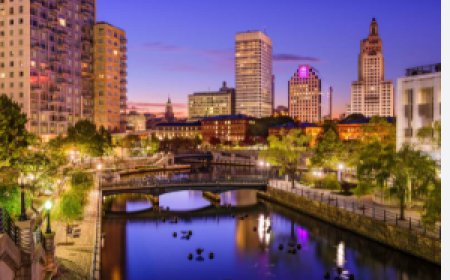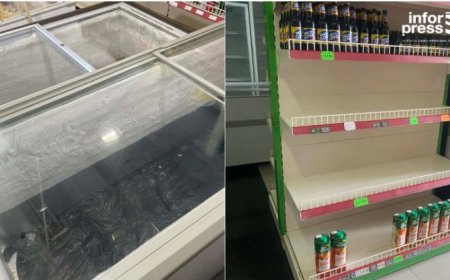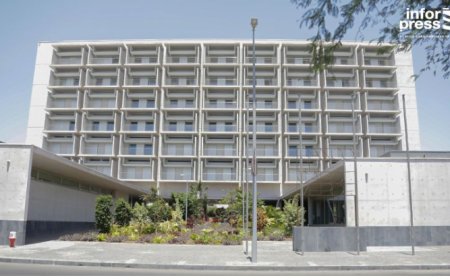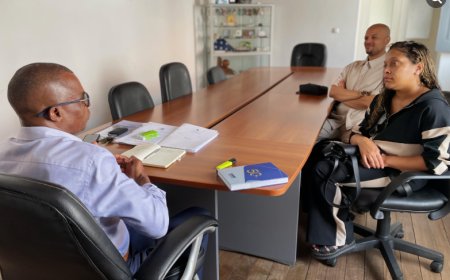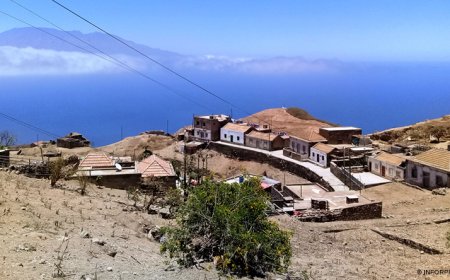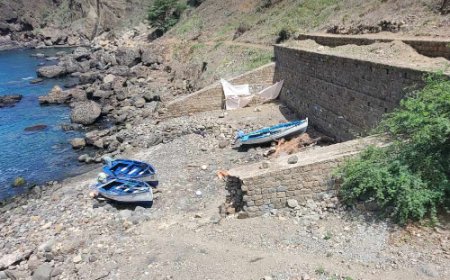Brava and the maritime connection situation, 50 years later what has changed?
Nova Sintra City, June 30, 2025 (Bravanews) - Cape Verde's Brava Island today faces a precarious situation in terms of maritime connections, a stark contrast to the past and a concern for the future. When we analyze what has changed in the last 50 years, we see a sharp decline in the frequency and regularity of connections, directly impacting the lives of its inhabitants and the development of the island.
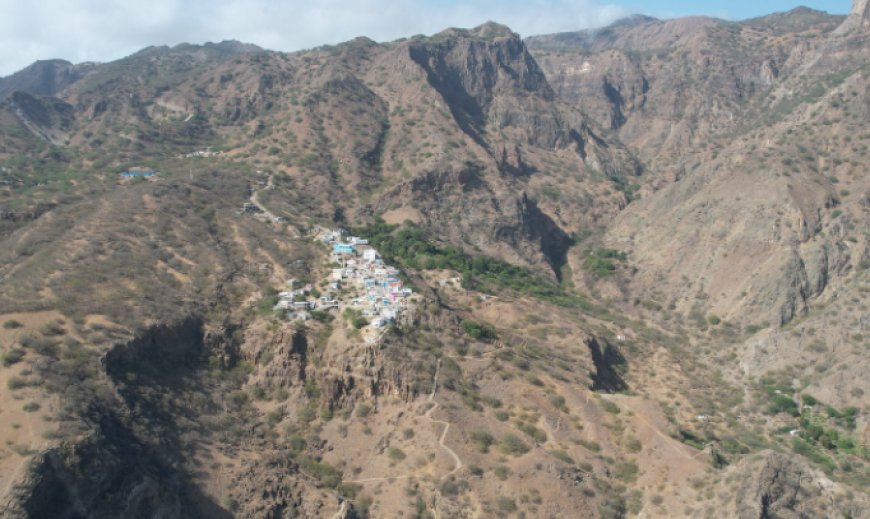
In the 1980s, Brava enjoyed a much more favorable connectivity situation. The now-defunct state-owned Arca Verde Company operated several ships that guaranteed frequent connections between Brava and the other islands. This state presence in maritime transport was fundamental for the mobility and supply of the island, providing a certain regularity and predictability for the residents.
The 1990s brought with them innovations that seemed to promise an even more connected future for Brava. The inauguration of the Esparadinha aerodrome opened a new door for air transportation, complementing maritime connections. In addition, the ferry connection with the Furna, Sotavento, Barlavento and Praia Água ships has strengthened maritime connectivity, offering diversified options for passengers and the transportation of goods.
Looking ahead to June 2025, the reality of Brava is worrying. The island is connected to the others only once a week and irregularly. This situation represents a significant step backwards compared to previous decades. The intermittency and scarcity of connections have a direct impact."
-
The local economy: hindering the flow of agricultural and fishing products, as well as the supply of essential goods to the island.
-
Tourism: Making Brava less accessible and attractive to visitors, despite its tourism potential.
-
The lives of residents: Generating isolation, making it difficult to access health services, education and other opportunities on neighboring islands.
-
Investment and development: Driving away potential investors who see poor transportation as an obstacle.
The changes in the last half century are multifactorial:
-
Privatization and state disinvestment: The departure of Companhia Arca Verde and the subsequent privatization or weakening of state-owned maritime transport led to a lower prioritization of the regularity and frequency of less profitable routes, such as the Brava.
-
Focus on more profitable routes: Private operators tend to prioritize routes with a higher volume of passengers and cargo, leaving islands like Brava, with lower apparent demand, with precarious services.
-
Aerodrome Challenges: Although the Esparadinha aerodrome was a hope, its operation may have faced challenges of maintenance, economic viability or priority compared to other aerodromes, which may have limited its effective contribution to the connectivity of the island.
-
Infrastructure and Maintenance: The lack of continuous investment in port infrastructure and vessel maintenance may have contributed to the decrease in capacity and frequency of connections.
In short, Brava's current situation is a reflection of the complexity of the transport sector in Cape Verde and the need for policies that guarantee connectivity and equitable development of all the islands, especially the more peripheral ones. Brava Island, which was once more connected, is now crying out for solutions that will reverse this situation of isolation and irregularity.





